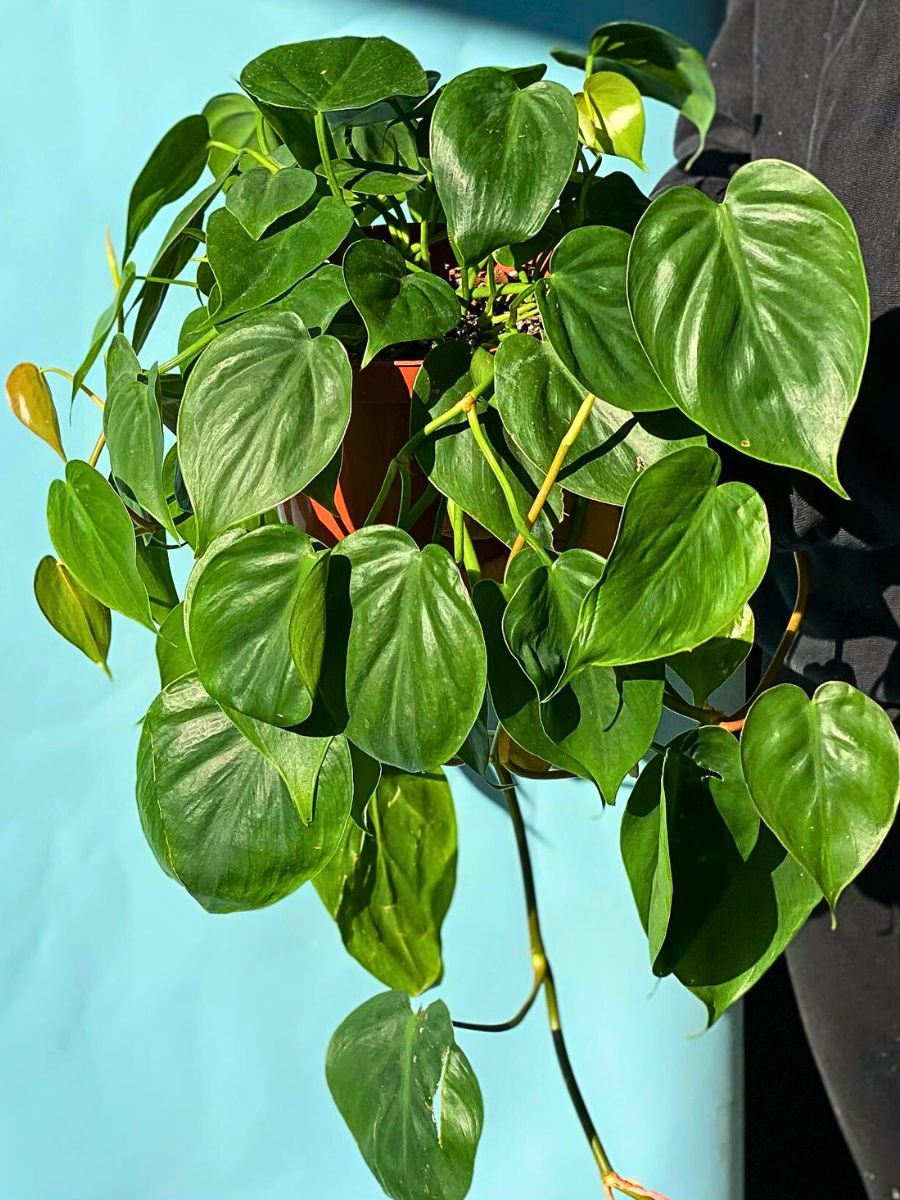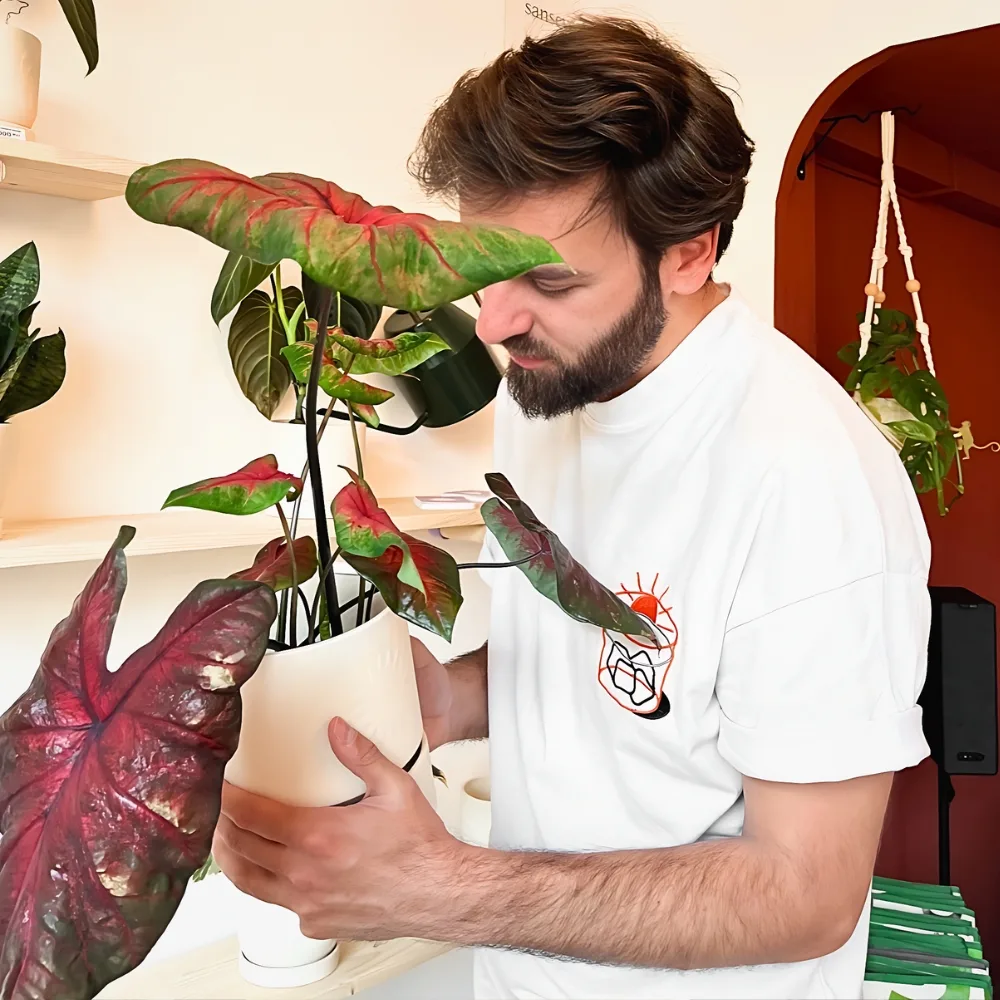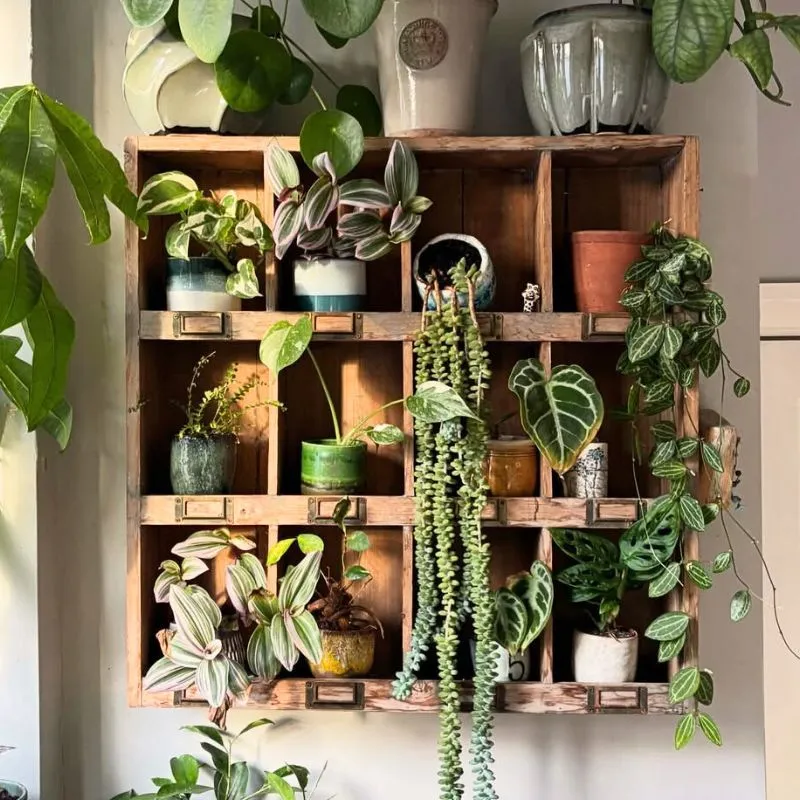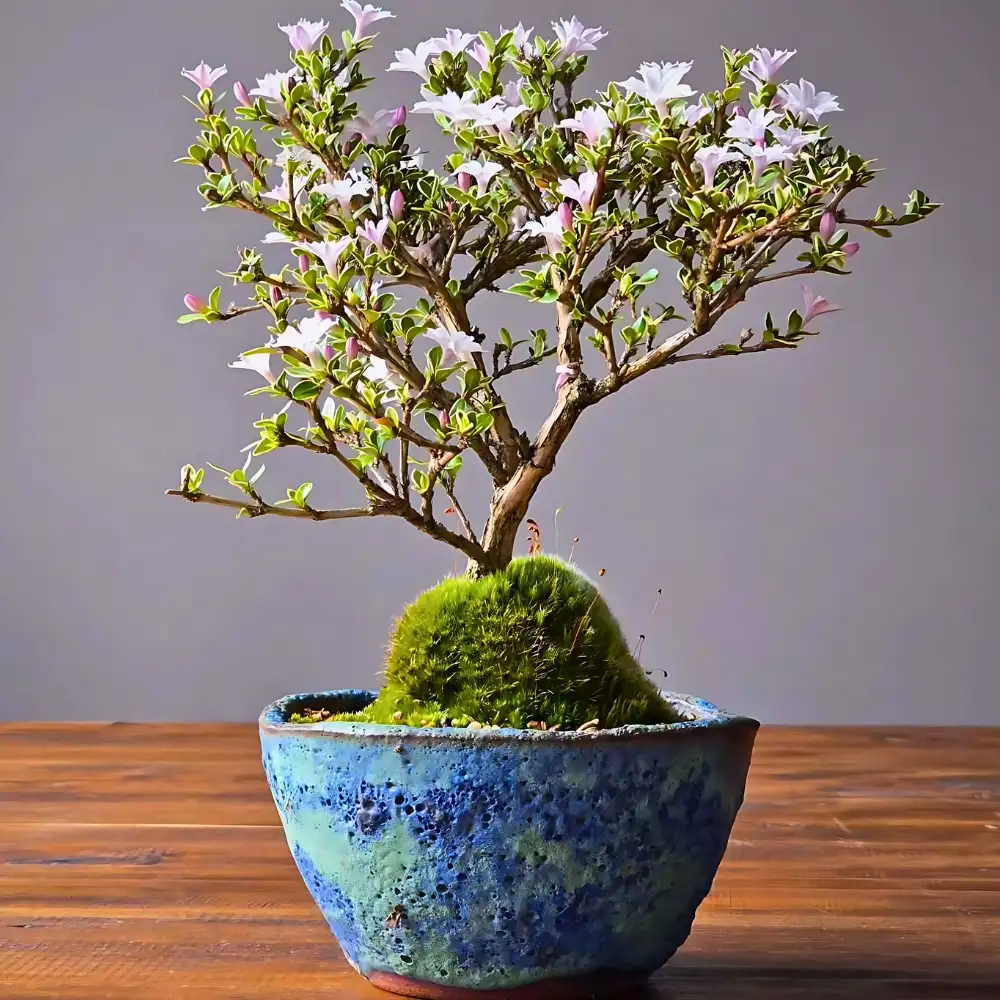Philodendron cordatum, also known as the heartleaf philodendron, or sometimes the sweetheart plant is a popular indoor gardening houseplant known for its heart-shaped emerald green leaves and trailing growth habit. Much admired for its glossy leaves, this easy-to-care-for plant is a great choice for both greenhorns and experienced plant parents due to its hardiness and adaptability.
It is incredibly adaptable in that it thrives in various lighting conditions and grows relatively quickly. The houseplant can be planted in a variety of environments, from hanging baskets to tabletop pots, filling your indoor spaces with its perfect qualities including improving indoor air quality by filtering out certain toxins. This, of course, contributes to a healthier living environment.
Understanding the Heart Leaf Philodendron
A member of the Araceae family, the Philodendron cordatum is native to tropical regions of Central and South America, especially in the tropical forests of Brazil, where it climbs up trees to reach the sunlight. This adaptation makes it an excellent choice for indoor gardening, where it adds a feel of the tropics into the space.

Photo by @theplant.house
With more than 200 varieties to choose from, this versatile plant can flourish in a variety of indoor environments. It is, as a result, a favorite choice for homes, or offices, where it can be used as a trailing plant in hanging baskets, or as a climbing plant with the aid of a moss pole or trellis. The houseplant's leaves can range in color from deep green to a stunning neon hue, depending on the plant's cultivar. The Philodendron neon cordatum, for instance, boasts vibrant chartreuse-green leaves that can truly make a statement in any room.
While often simply called Philodendron cordatum, you might also encounter it referred to as Philodendron hederaceum (though some botanical classifications distinguish between the two), heartleaf philodendron, or even identified in reference to its cultivars like the Philodendron neon cordatum.

Photo by @markheartsplants
Enhancing the Aesthetic Appeal of Your Living Space With the Philodendron Cordatum
The Philodendron cordatum offers an array of display options within the home, each enhancing the aesthetic appeal of your livingt space in its own unique way. For instance, imagine, this verdant plant cascading from a hanging basket, where its trailing vines create a lush, green waterfall effect, perfect for adding life to a dull corner or a high shelf. Or alternatively, envision it gracing a table, perhaps your dining or coffee table, where its compact size and vibrant foliage brings a touch of nature to your daily interactions. Here, it not only serves as a decorative piece but also purifies the air subtly.

For those who love the idea of a mini ecosystem, how about placing the Philodendron cordatum in a terrarium or dish garden? This setup not only showcases the plant's ability to thrive in confined spaces but also creates a microcosm of greenery, adding depth and interest to your decor. And if you're looking for something more ephemeral, the cut leaves of the Philodendron can be placed in a vase of water. They can last for months with weekly water changes, offering a simple yet elegant display that can grace any surface in your home, from the entryway to the bedroom.
Lastly, the traditional potting method still remains a staple. Positioned near an east or west-facing window, where it can bask in bright, indirect light, this Philodendron thrives, its roots secure in well-draining soil, avoiding the perils of fungal diseases and root rot. No matter how you choose to display it, there is practically an infinite range of possibilities to display the Philodendron cordatum in the home.

Photo by @paz_plantlife
Propagating Philodendron Cordatum to Multiply Your Houseplant Collection
One of the delights of owning a Philodendron cordatum houseplant is the ease with which you can propagate it and create new plants. This process allows one to grow their houseplant collection and perhaps even share them with friends and family. To propagate your Philodendron cordatum, take a cutting and using a clean, sharp pair of scissors or pruners, snip off a stem with at least one leaf node.
Place the cutting in a container of water or a well-draining potting mix. If using water, make sure the leaf node is submerged. If using soil, plant the cutting about an inch deep. Then keep the soil consistently moist, and place the container in a bright, indirect-light location. Within a few weeks, you should see new roots beginning to form. Once the cutting has developed a solid root system, carefully transplant it into a larger pot filled with fresh, well-draining potting mix.

Photo by @corgisandplants
If your Philodendron cordatum has become overgrown or has multiple stems, you can, also, propagate through division. Divide the plant at the root zone by carefully removing it from its pot, then separating the roots, and replanting the divisions in individual pots with fresh potting mix.
Philodendrons are, also, known for their aerial roots, which can be used for propagation. In this case, locate a healthy aerial root, snip it off, and plant it in a well-draining potting mix to encourage new growth. With patience and the right conditions, your Philodendron cordatum will quickly take root and thrive, allowing you to expand your indoor garden collection.

Philodendron Cordatum Care Tips to Keep Your Houseplant Thriving
Caring for the Philodendron cordatum is a relatively simple task. This, after all, is why it is an excellent choice for both experienced and novice plant owners. To ensure your Philodendron cordatum plant remains healthy and happy, there are some specific conditions you need to have in mind.

Indirect Light Is Good for Your Heart Leaf Philodendron
As an epiphytic plant, the Philodendron cordatum has adapted to a wide range of lighting conditions, making it an ideal choice for indoor environments. While it thrives in bright, indirect light, avoid direct strong sunlight, as this can scorch the delicate leaves. Ideally, place your plant in a spot that receives plenty of bright, filtered light, such as near a north, east, or west-facing window. Its remarkable adaptability, also means it can tolerate low and medium light spaces. In lower light conditions, the plant's growth may, however, slow down, but will still remain healthy.

Watering Needed for Philodendron Cordatum
Maintaining the right watering schedule is crucial for the Philodendron cordatum. The plant prefers to have its soil consistently moist, but not waterloggerd. Thus, check the moisture level in the soil before watering. In bright light, the Philodendron cordatum appreciates watering when the soil has dried halfway through the pot. In low and medium light spaces, it is best to allow the soil to dry two-third of the way through the pot.
A good indication that your plant needs water is when the foliage begins to wilt and curl. It is best to water at the first sign of this, and always feel the soil in addition to visually monitoring the plant. Also, water your Philodendron cordatum when the top inch of soil feels dry to the touch, being careful not to let the soil completely dry out. This typically translates to watering every one to two weeks, depending on your climate and plant's growth rate.

Photo by @mappinsnursery
Soil, Fertilizing, and Repotting - Philodendron Cordatum Care
The Philodendron cordatum prefers a well-draining, nutrient-rich potting mix. A soil blend formulated for tropical plants or a general-purpose potting mix amended with perlite or orchid bark can work well. When it comes to potting, choose a container with ample drainage holes to prevent waterlogging.
Also, generally, houseplants, including the Philodendron cordatum, will thrive when fertilized from spring through fall. Fertilize this houseplant once a month with an organic houseplant fertilizer, following the package instructions for dilution and administration. Also, you can dilute the fertilizer to half-strength to avoid over-fertilizing.

Photo by @_urvara
As for repotting, it is recommended to do so every 18-24 months for larger floor plants. Choose a potting vessel 2-4 inches larger in diameter to allow for growth. Spring or summer is the ideal time to repot as the plant is at its strongest.
Humidity and Temperature Requirements for Philodendron Cordatum
The Philodendron cordatum thrives in warm, humid environments. So, aim to maintain temperatures between 65°F and 85°F (18°C to 29°C). If the air in your home is particularly dry, consider using a pebble tray or a humidifier to increase the humidity around your plant.

Photo by @momofmonstera
Maintenance and Grooming Your Heart Leaf Philodendron Plants
As a low-maintenance plant, Philodendron cordatum can thrive on neglect. Forgetting to water it, or leaving it alone for a while won't kill it. In fact, it is almost impossible to kill the houseplant by accident! However, to encourage new growth, you can trim back the longest vines occasionally and remove dead or damaged leaves. Wiping the leaves occasionally will help prevent dust from clogging their pores.
Potential Challenges and Considerations of the Philodendron Cordatum
While the Philodendron cordatum is generally a low-maintenance, robust houseplant, there are a few potential challenges to be aware of.

Photo by @chlorophyll_and_carbs
Is Philodendron Cordatum Toxic to Cats?
People often ask: Is Philodendron cordatum toxic to cats? The answer is yes, Philodendron cordatum is toxic to cats, as well as dogs. It contains calcium oxalate crystals, which can cause oral irritation, excessive drooling, vomiting, and difficulty swallowing if ingested. It is, therefore, important to keep this plant out of reach of pets. Also, be sure to monitor the pets whenever they are around the plant.
Can I Prune or Trim Philodendron Cordatums?
You can trim the Philodendron cordatum to remove the dead leaves, or to shape the plant. Use sharp scissors or pruning shears and make clean cuts. Be sure to disinfect your tools before and after use to prevent the spread of disease.

Periodic pruning can also help your Philodendron cordatum maintain its vigor and appearance. If you notice any yellow or brown leaves, gently remove them by cutting them at the base of the stem. This will help the plant focus its energy on producing healthy new growth.
Philodendron Cordatum Pests and Diseases
While the Philodendron cordatum is relatively pest-resistant, it can still be susceptible to common houseplant pests, such as mealybugs, spider mites, and scale insects. It, therefore, is advisable to ensure regular inspection and prompt treatment which can help keep these issues at bay.

A Houseplant That Will Hardly Disappoint
Thus, if you are drawn to the classic green of the Philodendron cordatum or the vibrant hues of the Philodendron neon cordatum, this plant is sure to bring a touch of lush, tropical beauty to your indoor environment. Always remember to be mindful of its toxicity to pets, and take appropriate precautions, while maintaining the right care and maintenance regimen. It is a houseplant that will hardly disappoint.
Feature image by @get_growing_plant_life_yxe , header image by @fioredimara.










